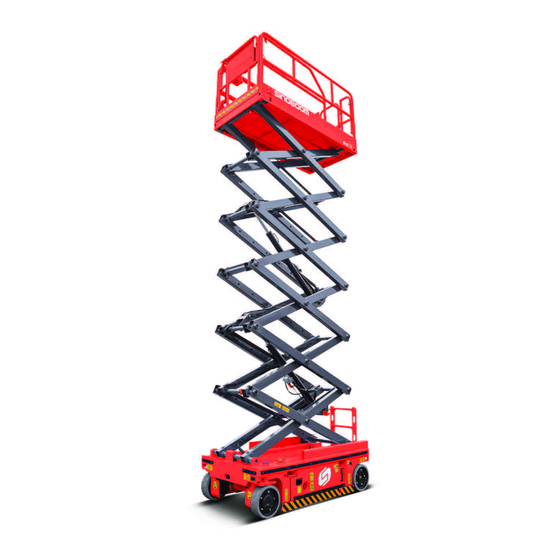Part No.501048100002
Rev: A
Jun 2020
Operation
Manual
产品说明书
PRODU
C T MAN U AL
GTJZ0612E/0612E/2146E
GTJZ0812E/0812E/2746E
0608E (2132E)
G T JZ
GTJZ1012E/1012E/3346E
0808E (2732E)
G T JZ
GTJZ1212E/1212E/4047E
0808E (2732E)
G T JZ
G T JZ
0808E (2732E)



Need help?
Do you have a question about the 4047E and is the answer not in the manual?
Questions and answers